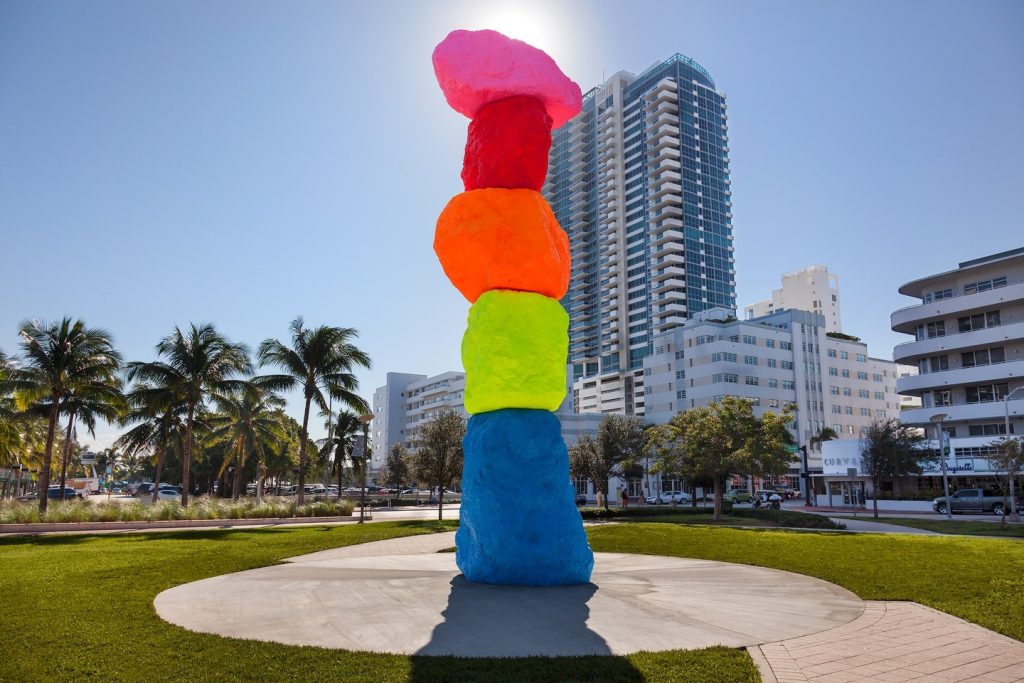Reach Ruin
Recycled glass shards and plaster casts recreate a post-apocalyptic landscape in Daniel Arsham’s solo show
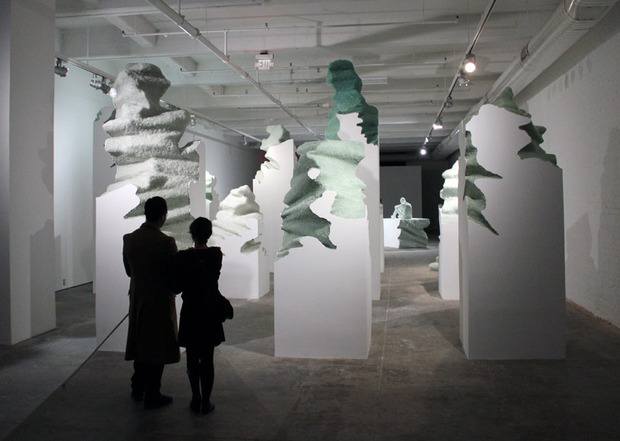
Working with crushed glass, recycled ceramics, molded sand and the resin for which he is most known, multidisciplinary artist Daniel Arsham expanded upon his preferred material to create “Reach Ruin,” a beautifully resonating solo exhibition currently showing at Philadelphia’s Fabric Workshop and Museum. His ghost-like resin and fiberglass figures greet guests at the exhibition entrance on the first floor, while in another gallery space on the eighth floor his shattered glass sculptures introduce a new medium and an alternate world to consider.
Arsham’s eroding urban landscape depicts a world of destruction and despair inspired by a traumatic childhood experience with Hurricane Andrew. The storm ravaged his home and neighborhood in Florida, leaving in its wake broken glass and beaten building skeletons—two central elements of “Reach Ruin,” which is an anagram of the word “Hurricane.” Presenting so soon after Hurricane Sandy, the show takes on an even stronger meaning.
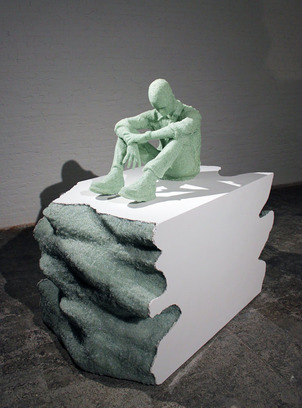
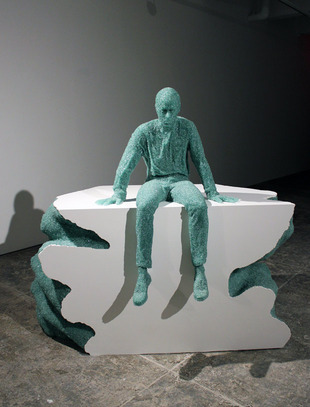
The largest sculptures in the show stand as to-scale replicas of the building’s support columns, eroded and partially dissolved to reveal wave-like surfaces of glass. By using the building’s physical characteristics as further inspiration, Arsham feels he creates a link to how we experience the space, enhancing the perception of such decay. In the columns’ shadows sit two life-size renditions of the artist himself in glass casts—a medium Arsham had previously explored and abandoned before returning to and mastering it with the encouragement and help of the FWM. The contemplative figures piece together once-broken shards into something whole, strong enough to weather the remainder of the storm.
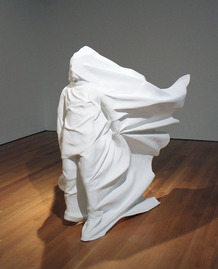
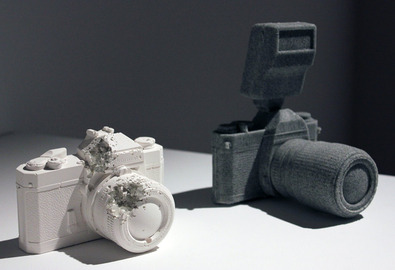
Accompanying the shrouded figures in the first-floor space are three cast cameras and a wall of gouache paintings on mylar with custom-molded frames. Each camera is an exact-scale model cast in crushed ceramic, plaster with glass shards and sand. “Normally when we think about a camera we’re mostly thinking about not the camera itself but what it can produce,” says Arsham. “But the cultural product is the object, it’s the camera itself. For me these cameras have in some ways an important historic and almost fetish quality about them.” Included in the set is Arsham’s own Pentax K1000, his first camera and a tool which he says introduced him to the arts as a 10-year-old boy in Florida.

In addition to the sculpture-based exhibition, Arsham collaborated once again with choreographer Jonah Bokaer in a live performance called “Study for Occupant.” We were lucky enough to catch the first of three performances presented over the weekend, in which Bokaer’s dancers, as if in a post-apocalyptic setting, approach Arsham’s cameras as objects of curiosity, destroying them and using them as chalk.
Daniel Arsham’s Reach Ruin will remain installed at The Fabric Workshop and Museum in Philadelphia through Mid-March 2013. For a closer look at the individual works and the Study for Occupant performance see the slideshow.
Images by Graham Hiemstra








